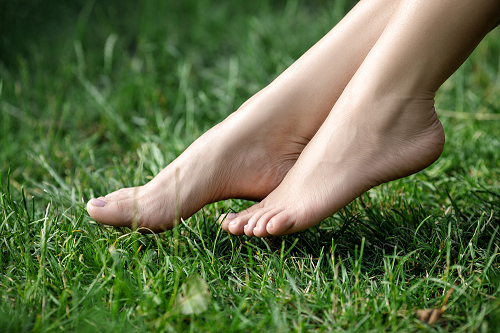6 Lawn Treatment Tips From The Experts
You’ve created the perfect lawn in your outdoor space. The soil is fertile, and the grass is ideal for your area. But to keep your lawn in peak condition, it needs regular care. The following are six lawn treatment tips recommended by landscaping experts.
- Mowing

What’s the perfect length for lawn grass? That depends on your preference. However, for easy maintenance, you should not allow the grass to grow more than 10 cm.
Experts recommend trimming only one-third of the grass’s length. Cutting the grass too short increases the chances of drying, weed infestation, and disease.
- Edging
A neat lawn has well-defined edges. Use a sharp pair of shears to stop grass from growing over your borders. Edging not only promotes neatness but also gives your lawn a satisfying finish.
If possible, install permanent edging – a border that grass cannot grow over or cross.
- Watering
Inadequate watering causes the grass to change color. Besides, well-watered grass has a spring; it doesn’t remain flat after walking on it.
How much and often you need to water your lawn is dependent on the weather. Remember, overwatering is just as bad as underwatering. Soggy soil discourages healthy growth of roots.
For best results, water your lawn early in the morning.
- Feeding
Want a greener, healthier lawn? Feed the grass.
Nitrogen is particularly essential for vibrant and green grass. A soil test will help you determine the amount of nitrogen your lawn needs. Other essential nutrients include phosphate and potash.
The typical lawn requires feeding twice a year. In the spring, apply a nitrogen-rich fertilizer. In fall, it is advisable to feed your grass with high levels of potash and phosphate.
Whichever lawn feed you choose, strictly follow the guidelines on the package.
- Weeding
Weeds prevent the healthy growth of grass. The best method of weeding is uprooting – pulling the weed together with the roots. You can weed manually or using a tool. But in cases of severe weed infestation, you might need to use a low-toxicity herbicide.
- Removing thatch
Thatch refers to the organic matter, made up of dead leaves, grass, and stems, that forms a layer above the soil. The buildup of thatch prevents water and other nutrients from penetrating the soil.
Methods of removing thatch include raking and scarification. You can find a good rake or scarifier at your local gardening store.
Keep your lawn lush, green, and healthy using the lawn treatment tips shared above.
Tagged: lawn care, Lawn Maintenance, Lawn Tips
You can leave a response, or trackback from your own site. Back to Top
Leave a Reply





